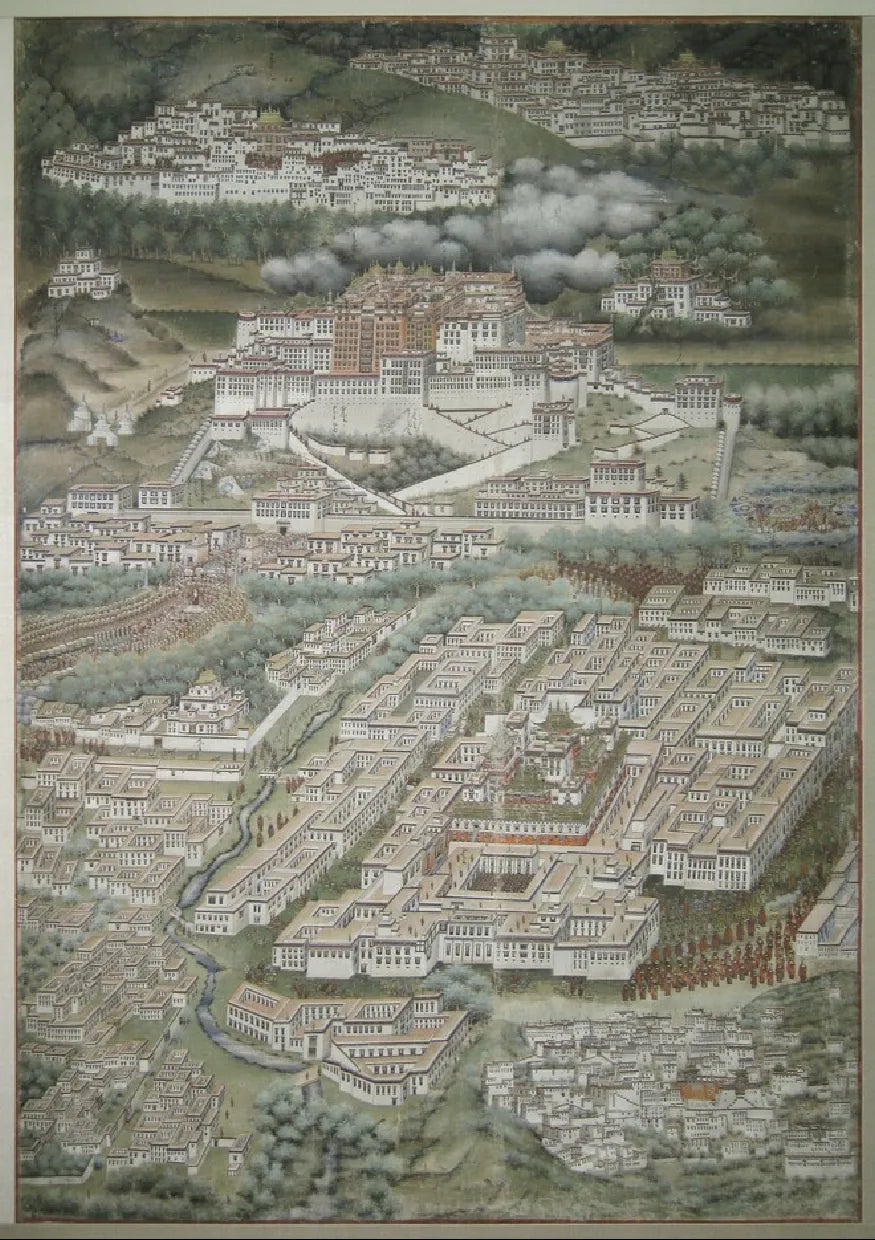
The ancient map of Lhasa in the World Museum - View of the Holy City
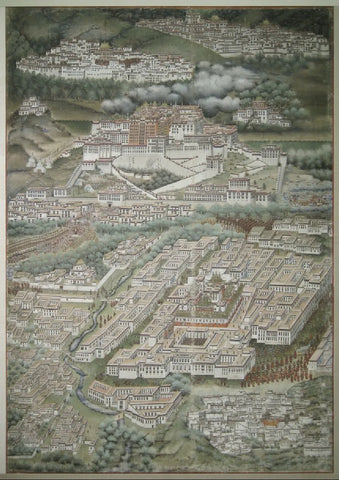
Creator: Balduv Sharav (1869-1939)
Creation period: around 1921
Collecting institution: Zanabazar Museum of Fine Arts (Ulaanbaatar)
a light rain covered the valley,
but by noon, the golden roofs of the Potala Palace
shone brightly over the entire Lhasa valley
under the sun.
British Army Colonel Ronald Herring,
who was leading his troops that had just arrived in the snowy ancient city,
was stunned by the sight.
He later recalled:
"The ambitious goals of so many travelers are actually right in front of us...
this sacred city, hidden deep in the Himalayas.
Before us, the walls are heavily guarded,
watching out for strangers."
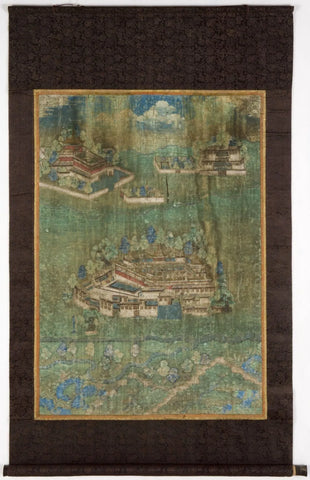
Creation period: 1727-1800
Collecting institution: Victoria and Albert Museum (London)
Creation period: 1757-1804
Collecting institution: Rubin Museum of Art (New York)
View of the Holy City
Since the beginning of the last century, a group of meticulously painted sacred city maps created by Tibetan artists have been discovered by enthusiasts of Himalayan art. Some of these maps have been passed on to collectors in foreign lands, while others have been long buried in dark warehouses.
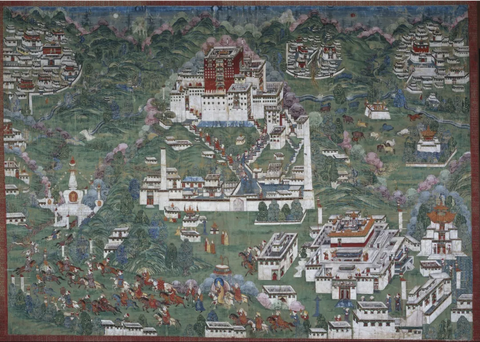
Creation period: 1800-1900
Collecting institution: Royal Ontario Museum (Toronto)
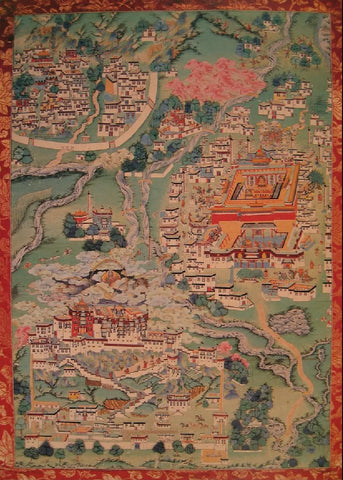
Creation period: 1800-1900
Collecting institution: Private collection (China)
recreate the overall layout of the holy city with bright colors
including Potala Palace, Jokhang Temple and the Kyichu River Valley
and nearby famous landmarks
attracting numerous monks, pilgrims, and tourists for centuries
(who sometimes participate in various important activities themselves)

Creation period: 1800-1910
Collecting institution: Musée Guimet (Paris)
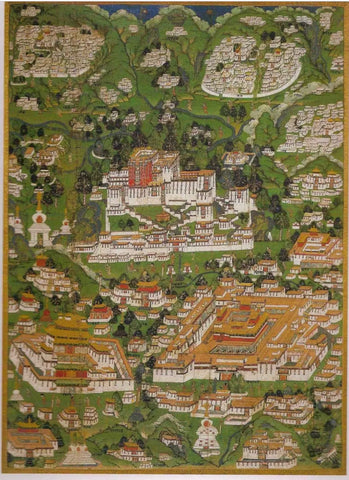
Collection number: MG 21248
Creation period: 1815-1910
Collecting institution: Musée Guimet (Paris)
Build the holy city.
These works are not only a representation of the physical world, but also abstract, selective, and edited reimaginations. They serve as unique and personalized forms of artistic expression, revealing the painter's and the benefactor's perceptions and imaginations of the holy city.
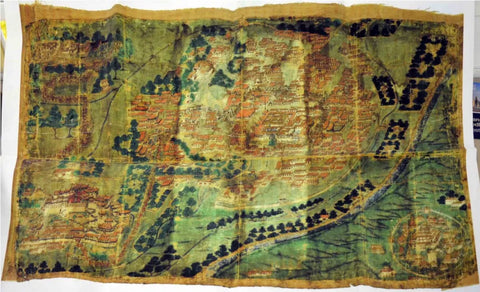 Collection number: unknown
Collection number: unknownCreation period: 1815-1912
Location: Bodleian Library, Harvard University (Boston)
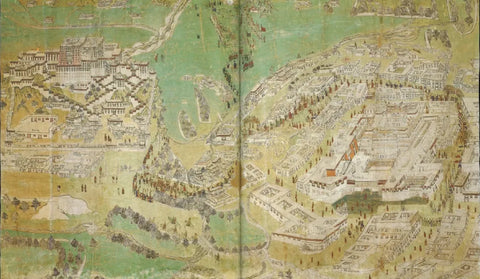 Collection number: Nr.IId 13863
Collection number: Nr.IId 13863Creation period: 1815-1912
Collecting institution: Basel Cultural Museum (Basel)
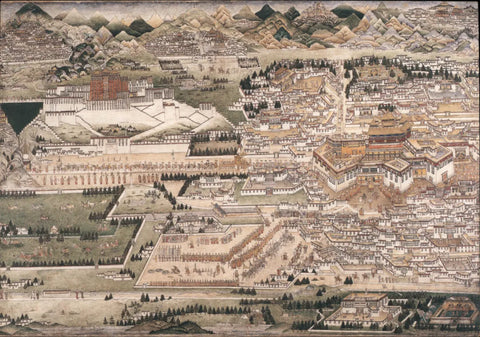
Creation period: 1815-1912
Collecting institution: Private collection (China)
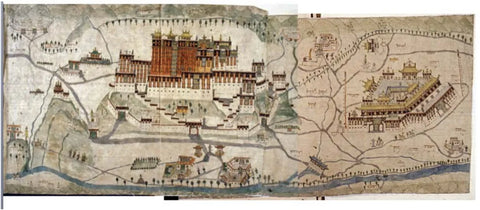
Collection institution: The British Library (London)
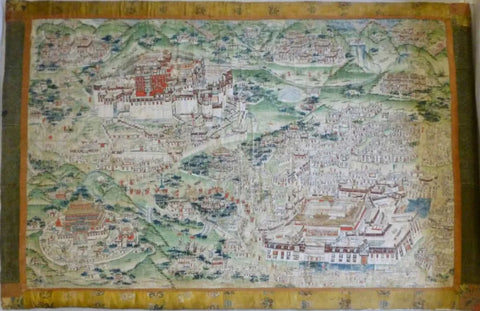
Creation Period: 1853-1882
Collecting Institution: Museum on the Riverbank (Antwerp)
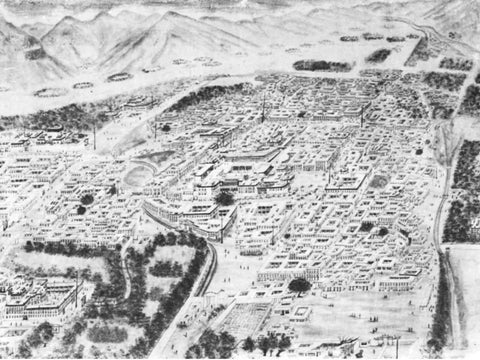
Creation period: 1900-1930
Collecting institution: Private collection (Norway)
Reign of the Clean Kingdom
This study is divided into two parts. The first two chapters analyze the paintings and visual codes in Lhasa. To some extent, these paintings follow the conventions of image and composition, making their subjects recognizable but also purposefully distorting and reconstructing them.
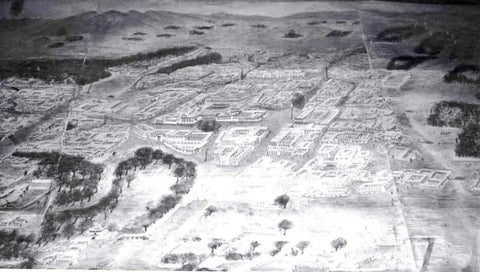
Creation period: 1900-1916
Collecting institution: Daigong Library (Kyoto)
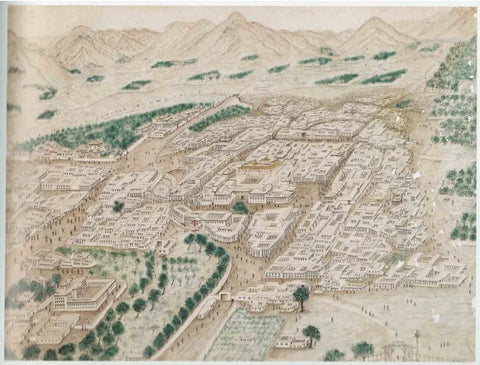
Creation era: 1900-1936
Collecting institution: Private collection (Great Britain)
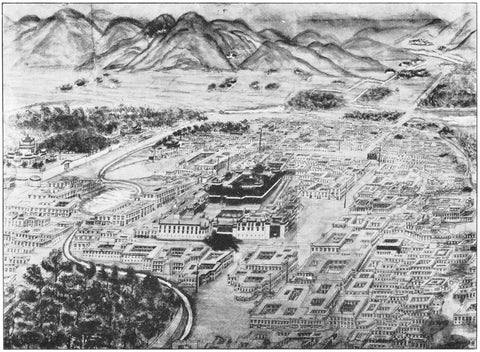
Collection number: Unknown
Creation period: 1901-
Collecting institution: Unknown
Source: Sara Chandradas, "Journey to Lhasa and Central Tibet"
The last two chapters explore the extensive art historical background of these works. The genre of Sacred City painting emerged as a unique artistic movement in the 18th century, rooted in diverse artistic traditions, including traditional Tibetan portrait painting.
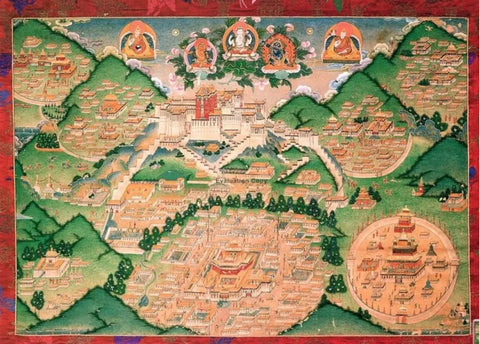 Collection number: Unknown
Collection number: UnknownCreation period: 1900-1933
Collecting institution: Potala Palace (Lhasa)
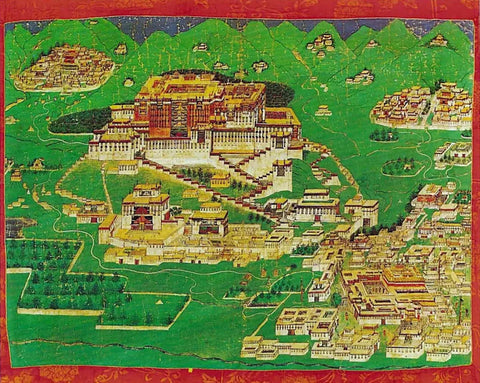
Creation period: 1933-1973
Collecting institution: Private collection (Switzerland)

